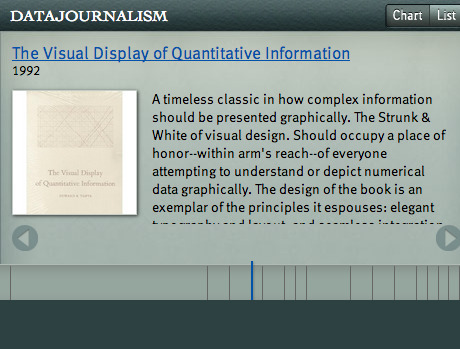Get Started for FREE
Sign up with Facebook Sign up with X
I don't have a Facebook or a X account

 Your new post is loading... Your new post is loading...
 Your new post is loading... Your new post is loading...
|

luiy's curator insight,
June 3, 2014 8:11 AM
Dutch investigative reporter Henk van Ess has created this guide to data journalism in books, from 1970 to 2012. It shows how the field has changed, from 'precision reporting' to 'computer assisted reporting' to 'data journalism'. Oh and it includes our book, Facts are Sacred: the power of data (on Kindle) and the latest Data Journalism Handbook. Who is it missing? 
Charlie Garcia's curator insight,
October 20, 2015 3:35 PM
Alex Halperin shared his reflections on the media industry after visiting the Investigative Reporters and Editors conference in 2014. This article points out the new challenges facing legacy news organizations, primarily the threats from tech giants and nontraditional media sites. Halperin cautions against the assumption that legacy media will persist through simply exporting their content online. This article claims a fundamental shift has occurred within audience demands, which prefer interactive or trivial media over traditional hard news. The legacy outlets also fail to adapt their business model to online advertising, since their sites do not collect valuable personal information from readers. While Buzzfeed offers quizzes and other forms of data collection, the NY Times or AJC lacks an extensive, detailed profile on their audiences, which translates into less profitable ad revenue. The author concludes these changes will not bode well for legacy groups unless they quickly adjust their business to new tactics. |











The above examples describe a wide range of geographical and geotemporal storytelling models, often based around quite simple data files containing information about individual events. Many of the tools make a strong use of image files as pat of the display. it may be interesting to complete a more detailed review that describes the exact data models used by each of the techniques, with a view to identifying a generic data model that could be used by each of the different models, or transformed into the distinct data representations supported by each of the separate tools.
- See more at: http://schoolofdata.org/2014/08/25/seven-ways-to-create-a-storymap/#sthash.tWi68hgm.dpuf